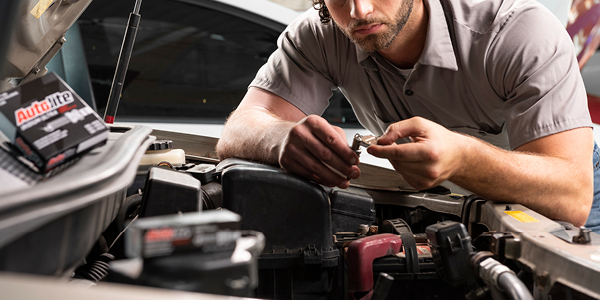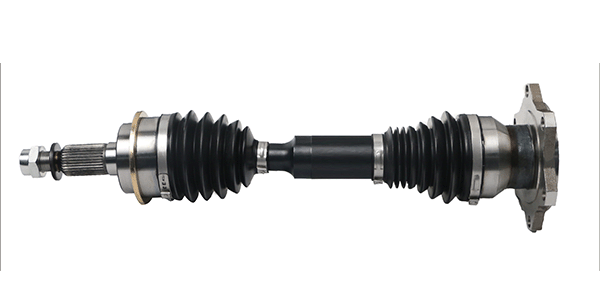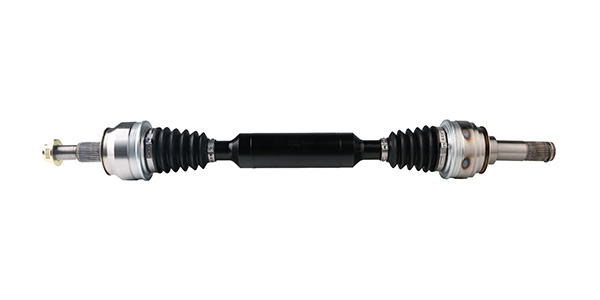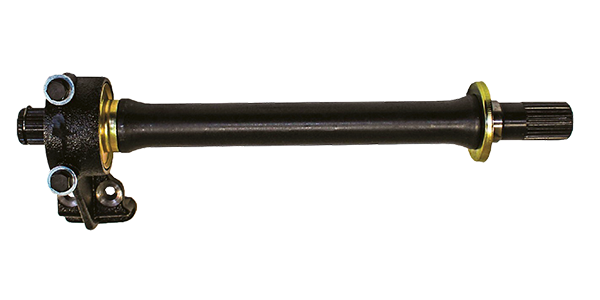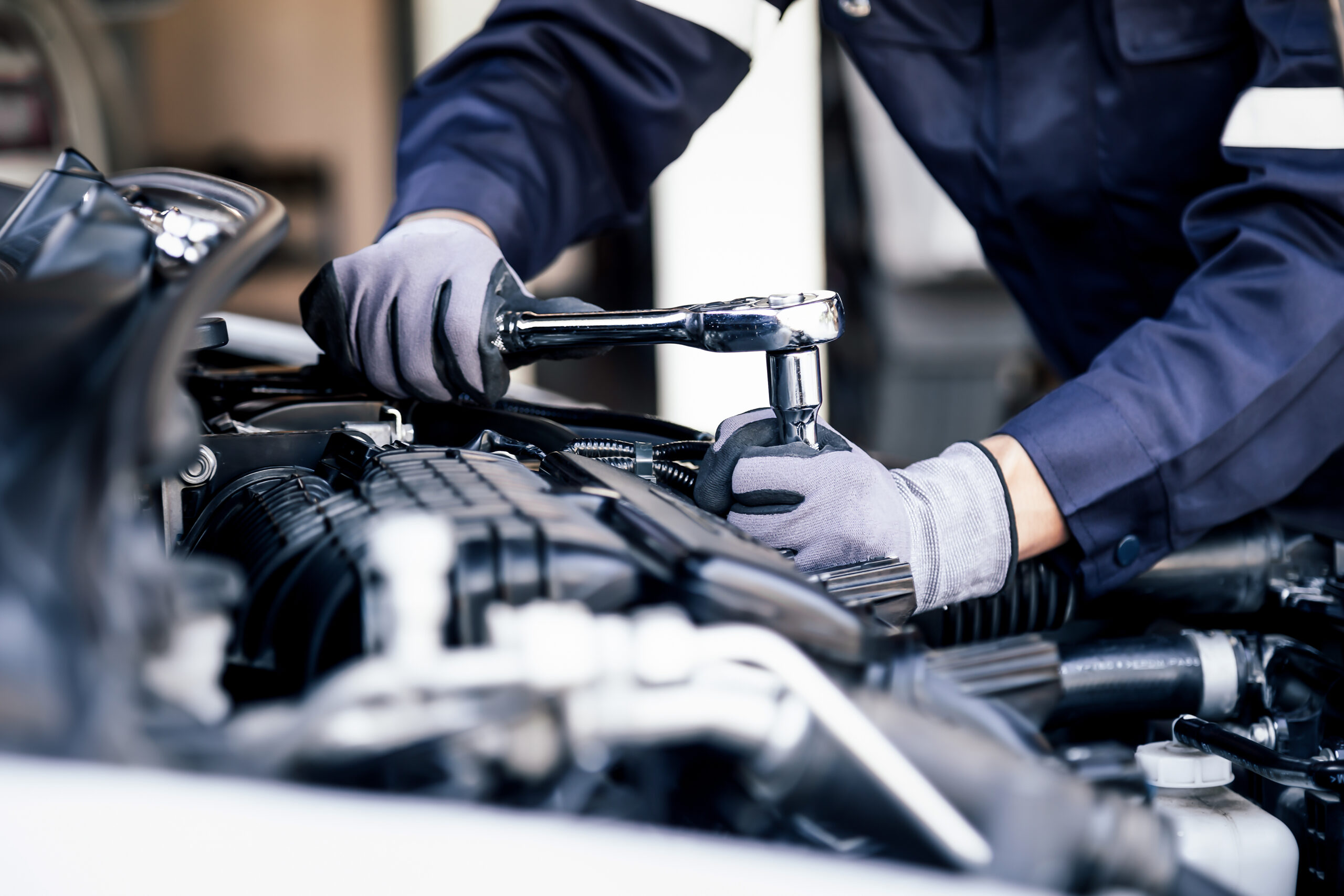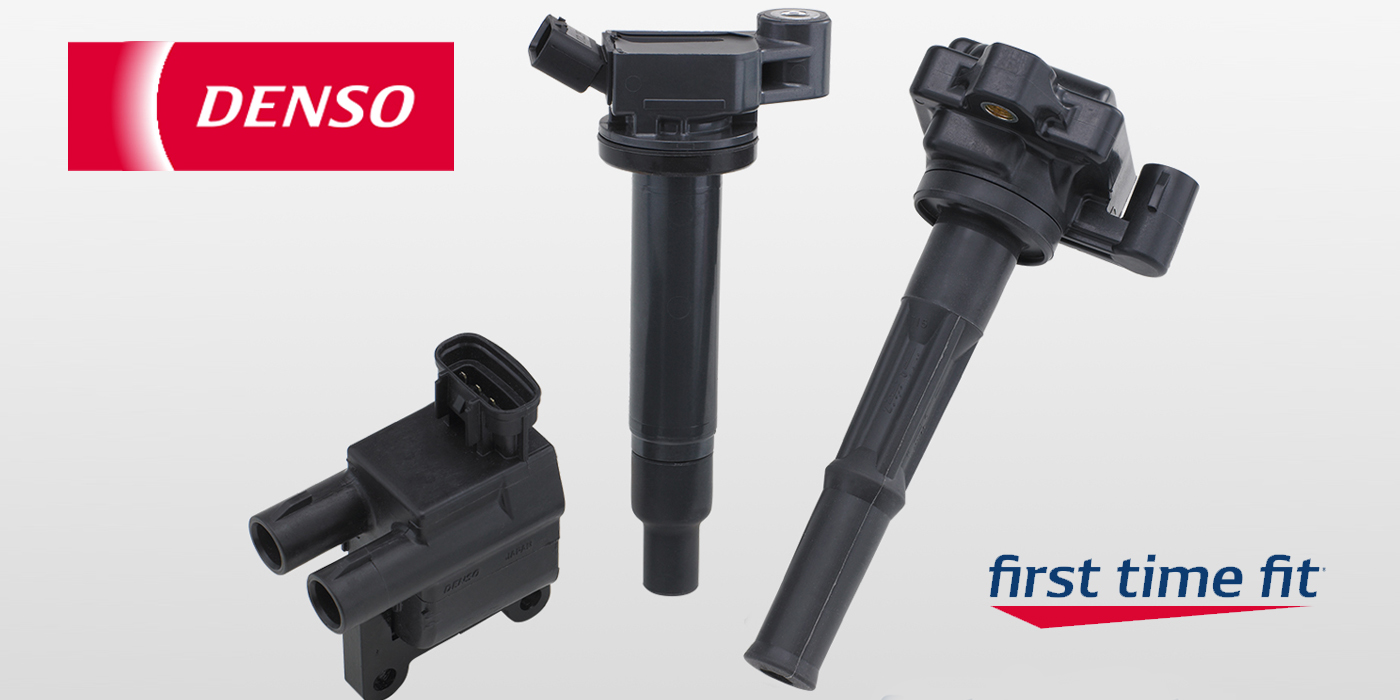The plug-in-the-hole method of spark plug replacement is dependable, but does that mean it’s the best choice for today’s vehicles?
When it comes to replacing spark plugs, many follow the conventional wisdom which dictates they would choose the same type of plug that came with the vehicle – or at least the same as the one they removed.
While this thought process is perfectly logical, OE replacement plugs may not necessarily be the most optimal choice for the engine, especially if it’s newer. Today’s drivers expect reliable performance and a long service life from their spark plugs.
In recent years, iridium plugs have become widely accepted as best choice for high performance and durability, especially for late model engines. The advanced design and iridium metallurgy offers better ignitability, acceleration and fuel mileage, helping modern engines achieve their best performance.
While OE plugs are engineered and tested to meet engine platform specifications, aftermarket plugs can meet the same demands of performance with affordability and are a smart alternative to the OE plug.
Replacing a customer’s spark plugs with long-lasting, efficient plugs equates to time and money savings in the long run compared to having to regularly replace them with standard OE products. Though concerns about getting burned by an aftermarket plug abound in the automotive service industry, many brands offer strong warranties to ease these worries.
For vehicle owners on the fence about making the jump to aftermarket parts, shop owners and techs can help them with the education they need to understand that these products are cost-effective and just as dependable when they come from a reputable brand.
Quality aftermarket plugs will meet the required physical specifications (thread size, diameter, reach, installed height and seat type) and performance demands (heat range, starting power and durability), so shop personnel will not need to worry about an angry customer returning with ignition issues.
Even though aftermarket brands produce advanced spark plugs like those with iridium electrodes, it is still important to make sure they are properly tested and verified to provide the peak performance that drivers expect.
Autolite® has been focused on developing, testing and improving spark plugs for over 85 years, and have put in the time to enhance the performance, durability and ignitability of plugs for domestic and import engines. Autolite® offers warranties on all spark plug products to ensure quality and reliability. Explore the benefits of our most advanced products at autolite.com.

